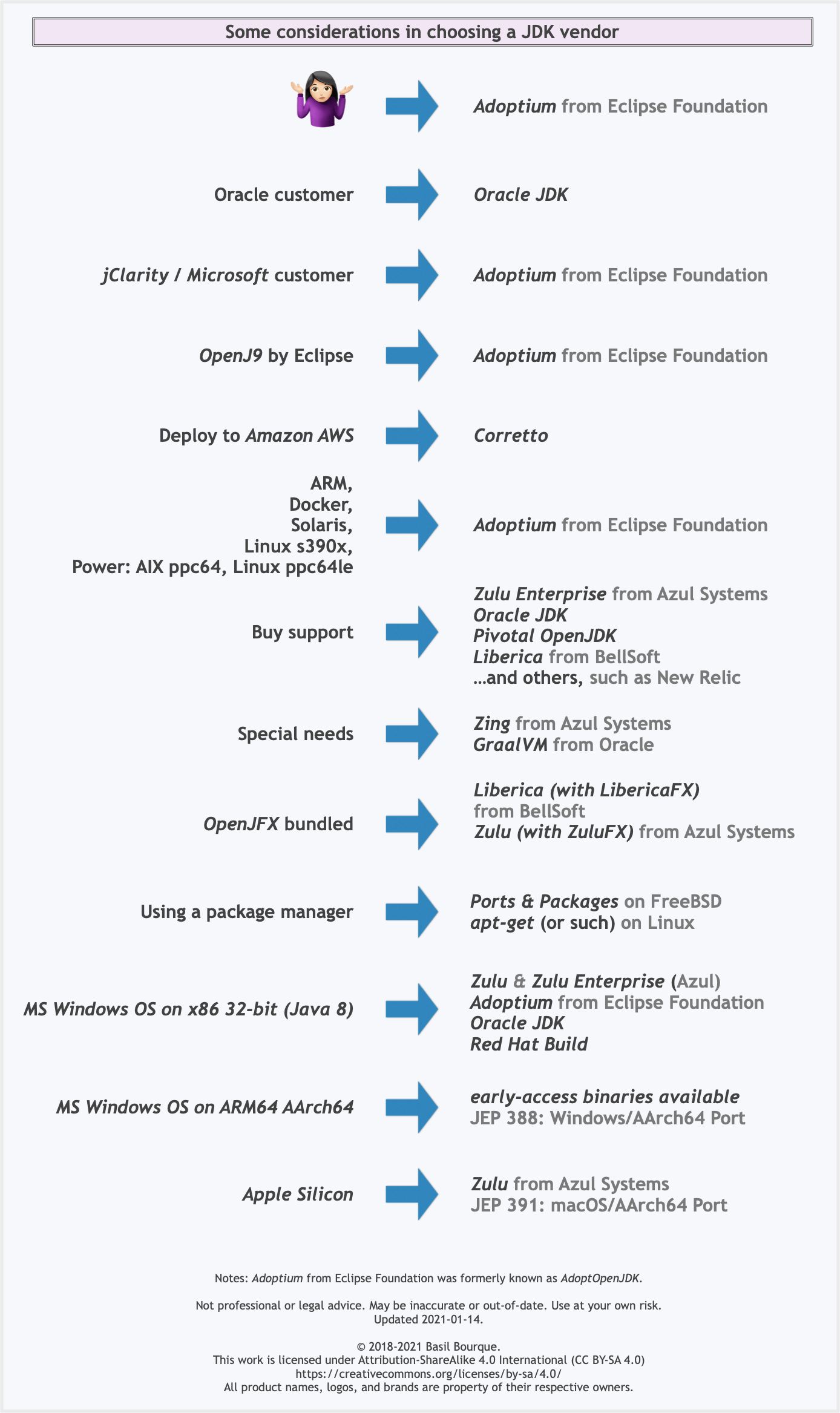For 20 years, the JDK shipped with a JRE which was just a subset of its functionality installed in a different directory on your system.
In fact, it shipped with TWO identical JREs, one installed inside the JDK installation directory and one outside it.
This has always puzzled me as it's a complete waste of effort on the part of the maintainers to make this so, and a complete waste of disk space on the computer you install it on, as that JRE just duplicates some of the things the JDK can do already.
Finally, with Java 11, Oracle and the OpenJDK team decided to end this silliness and just distribute a single thing, the JDK.
This JDK when installed is actually smaller on your hard disk than the old JRE alone used to be, removing even the somewhat valid argument that you'd want a separate JRE for devices with limited disk space, an argument that never explained why 2 JREs would be installed with a single JDK in the first place but was made to justify the need for a JRE as a stripped down runtime environment for the JDK.
Ergo, there is no need for a separate JRE, and there hasn't been one for a long time, let alone for including and forcibly installing it as part of the JDK installation.
And no, you don't need to create your own JRE. Just install the OpenJDK on the client machines and make sure you add the $JAVA_HOME/bin to the system path, just as you had to do with old JREs.
And oh, strip the Windows directory tree of any java*.exe files which some versions of the old JRE installer were wont to place there, as well as the system path which also had some weird entries added by some JRE installers.



